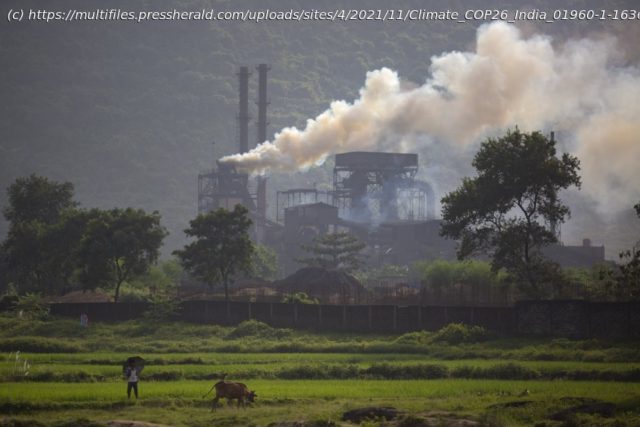Here’s a look at the role it plays in climate change and the energy system:
GLASGOW, Scotland — In the run-up to the U.N. climate talks in Glasgow, host Britain announced one of its goals of the conference was to consign coal to history. That turned out to be easier said that done. Even saying it – in writing – became quite a challenge. Government negotiators in Glasgow wrote and rewrote a paragraph that spells out that fighting climate change requires the world to end coal power, along with fossil fuel subsidies. The wording on coal was weakened one last time just before the gavel came down after coal-dependent India insisted on replacing the words “phase out” with “phase down.” Here’s a look at the role coal plays in climate change and the energy system, and why it’s been so hard to move away from: Of the three fossil fuels – coal, oil and natural gas – coal is the biggest climate villain. It’s responsible for about 20 percent of all greenhouse gas emissions. It’s also a fuel that is relatively easy to replace: Renewable alternatives to coal-fired power have been available for decades. The burning of coal also has other environmental impacts, including air pollution contributing to smog, acid rain and respiratory illnesses. China, the world’s most populous country and a manufacturing giant, is by far the world’s biggest coal consumer, followed by India and the United States. In 2019 China produced 4,876 TWh of electricity from coal, almost as much as the rest of the world combined, according to the International Energy Agency.






